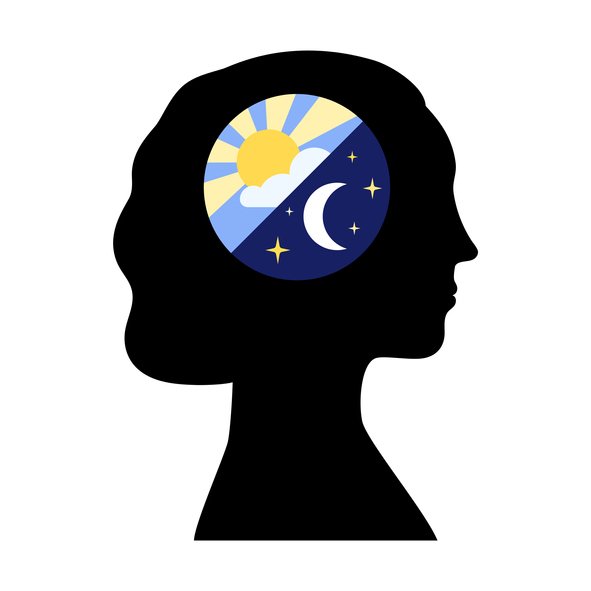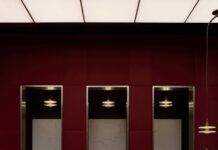[ad_1]

Humans, like almost all life on planet Earth, have internal functions and processes that are governed by the planet’s 24-hour cycles. If you guessed that these 24-hour cycles are days, give yourself a prize… you are correct. This 24-hour cycle is composed of a period of light and dark, day and night. It is also called the circadian cycle, or circadian rhythm.
What in the world does the circadian cycle have to do with office lighting? Actually, a lot. The alternating periods of light and dark affect just about every part of the human body. Our physiological, emotional, and psychological functions are all governed by alternating periods of light and dark. It is the exposure to sunlight that regulates most of these functions.
Given that the average person now spends about 90% of their waking time indoors, you can probably guess that we are not getting enough of the crucial light that we need to regulate our circadian rhythms. Humans are incredibly resilient and adaptable, so the whole system does not come crashing down with reduced sunlight, but the results are increasingly alarming. Until society adopts a different solution for work-life balance that allows us to greatly reduce our time indoors, we need to look at the next best thing—modifying the artificial light sources in indoor spaces.
This is where tunable white lighting comes in. Tunable white lighting refers to the process of mixing and tuning between various correlated color temperatures (CCTs) to try and mimic the outdoor lighting that we are missing indoors. The CCT refers to the “color” of the white light produced by the light source—the lower the CCT, the warmer the light will appear, while the higher the CCT, the cooler the light will appear. For example, an LED bulb with a CCT of 2700K (Kelvin) will appear similar in color to the warm glow of a candle. On the other end of the spectrum, 6500K will appear much cooler and have a visible blue hue.

So going back to the question about what the circadian cycle has to do with office lighting—as it stands, nothing! Most offices are equipped with lights that produce a static CCT of 3500K–4000K. This is generally the most accepted CCTs for offices… but that is the color all day long. If you were to stand outside, you would notice that the early morning light is a warm light that gets cooler as the day goes on until it reaches its zenith, and then the color temperature or hue of light begins to warm again.
By using a tunable white lighting system in an office, you can approximate the same changes in the CCT that one would experience outside. The result is a noticeable improvement in emotional and psychological functions. A solution as simple as employing tunable white light has the potential to decrease absenteeism, improve mood and morale, and boost cognition and engagement.
Tunable white lighting is not a silver bullet to improve life at work, but it can and should be a part of the discussion. To speak with one of our 1000Bulbs.com lighting specialists, call 1-800-624-4488 or try our convenient “pop-up chat feature” at the bottom right corner of our web pages.
[ad_2]
blog.1000bulbs.com










